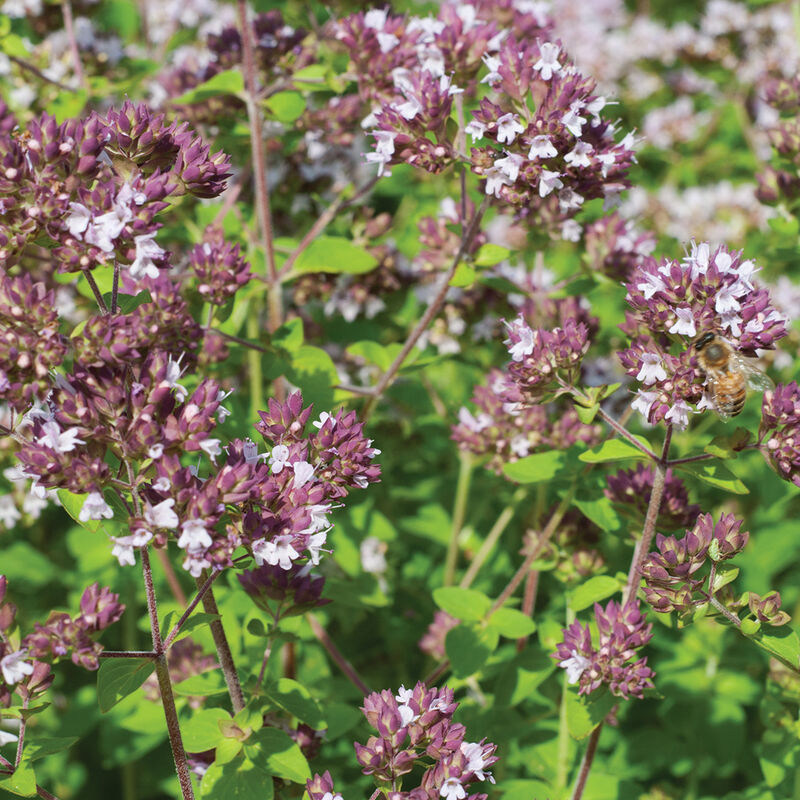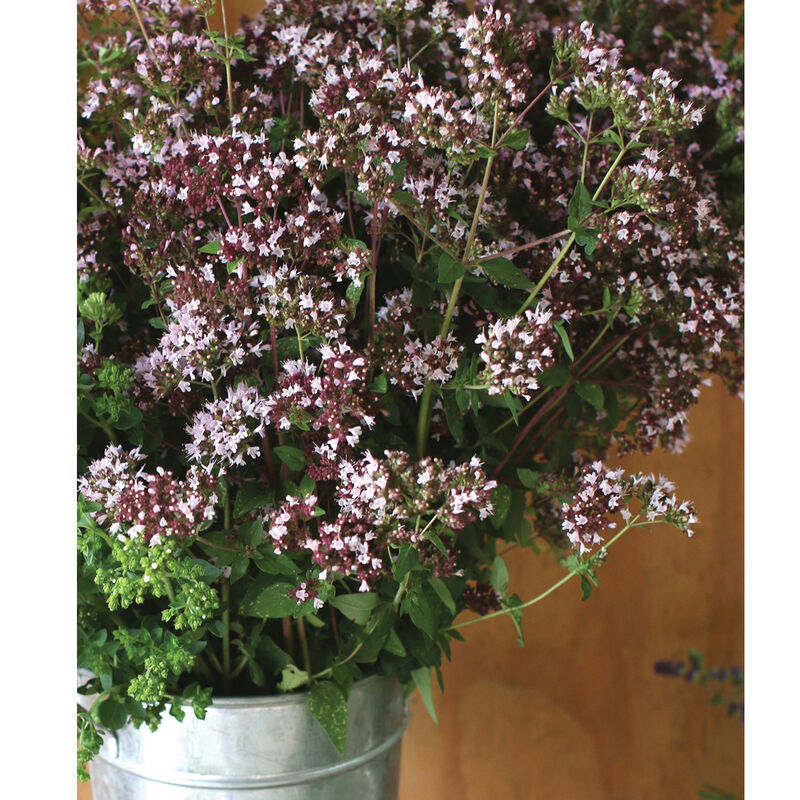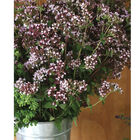Wild Marjoram Organic Herb Seed
Wild Marjoram Organic Herb Seed
Light, sweet flavor for teas and cooking.
Use leaves fresh or dried for culinary purposes. Blooms in shades of pink to purple from midsummer through fall. For cut-flower use, harvest flowers in bud stage for best color. USDA Certified Organic.Specs:
- This product does not ship to the following countries: Austria, Belgium, Bulgaria, Switzerland, Cyprus, Czech Republic, Germany, Denmark, Estonia, Spain, Finland, France, United Kingdom, Greece, Croatia, Hungary, Ireland, Italy, Lithuania, Luxembourg, Latvia, Malta, Netherlands, Norway, Poland, Portugal, Romania, Sweden, Slovenia, Slovakia, San Marino, Ukraine.
DAYS TO GERMINATION:
7-14 days at 65–70°F (18–21°C).SOWING:
Transplant (recommended): Sow seeds in flats 8-10 weeks before the last frost. Sprinkle seeds on top of the growing medium and gently press them into the soil. Do not cover, as the seeds require light to germinate. Keep evenly moist until germination. Transplant to individual containers when seedlings have at least 4 true leaves. Transplant outside after the last frost date, spacing plants 12" apart in rows 18" apart. To make plants bushier, pinch back lush new growth.LIGHT PREFERENCE:
Sun.SOIL REQUIREMENTS:
Grows best in well-drained, sandy soil. Wild marjoram tolerates drought once the plant is established.PLANT HEIGHT:
18-40".PLANT SPACING:
12".HARDINESS ZONES:
Zones 4-8.HARVEST:
Cut leaves at any time for culinary use. For use as a dried flower, cut stems when flowers are budded, but not open, and hang upside down to dry.SCIENTIFIC NAME:
Origanum vulgareJohnny's is committed to your success, every step of the way.
We want you, our customer, to be 100% satisfied with all of our seeds, tools, and supplies.
If anything you purchase from us proves unsatisfactory, we will either replace the item or refund the purchase price.










